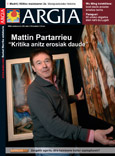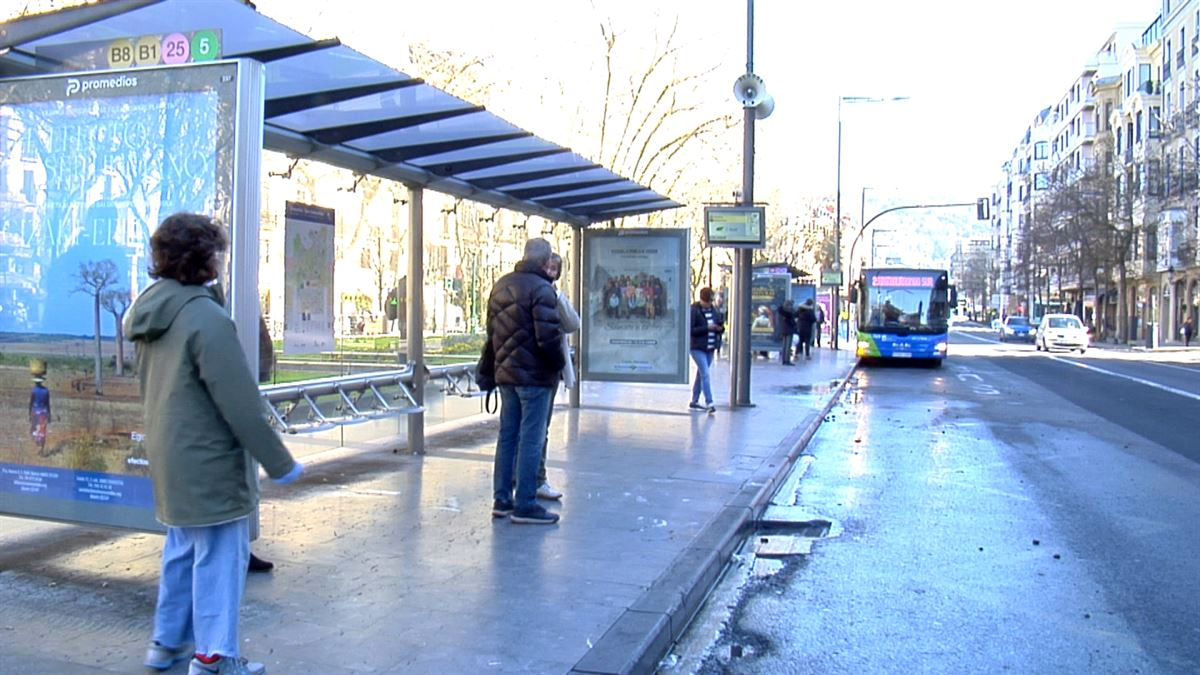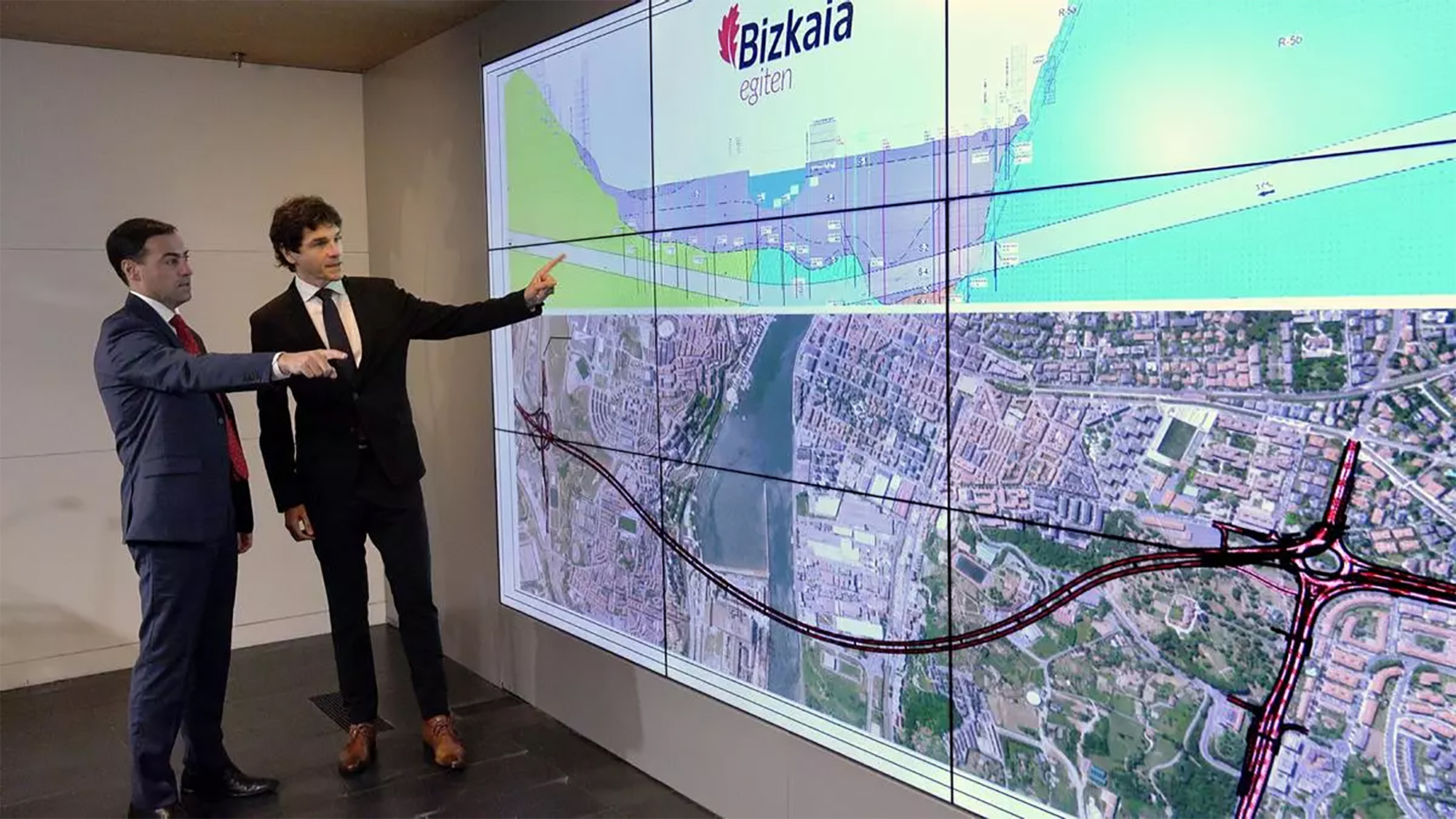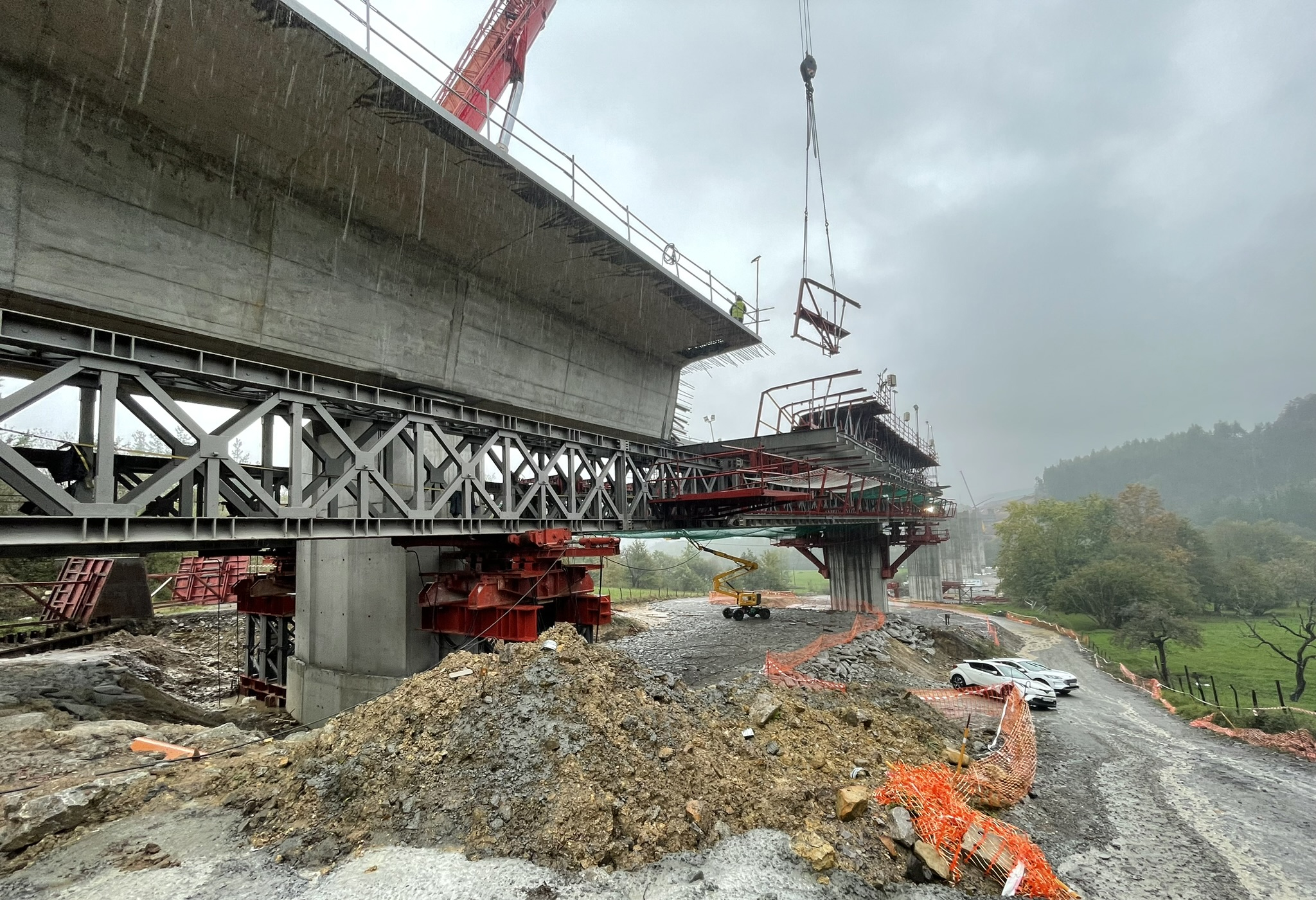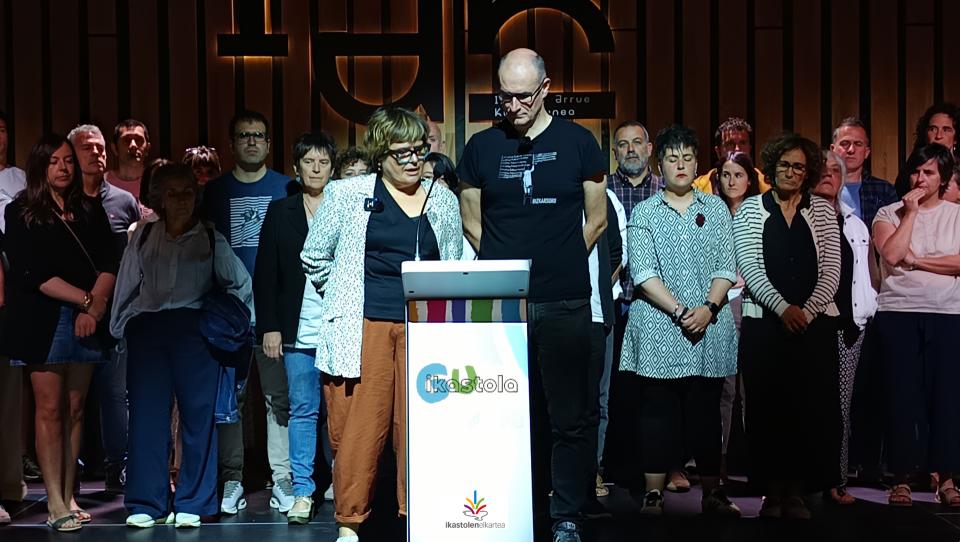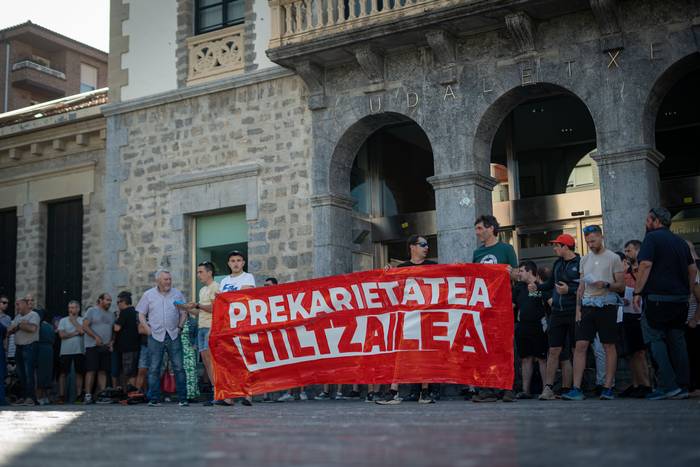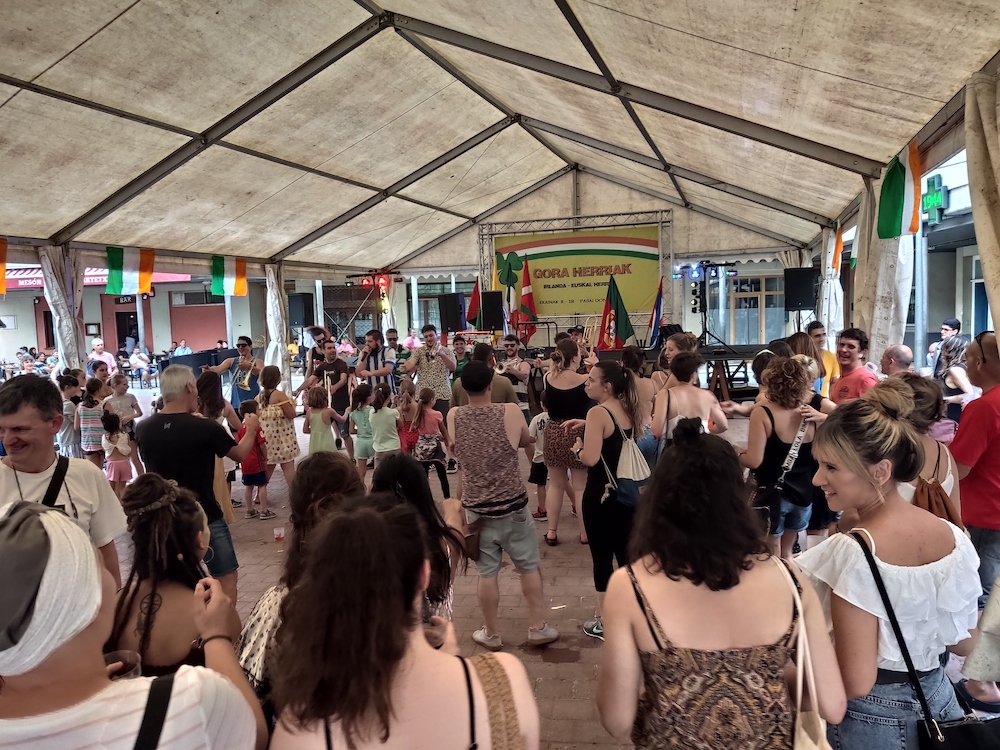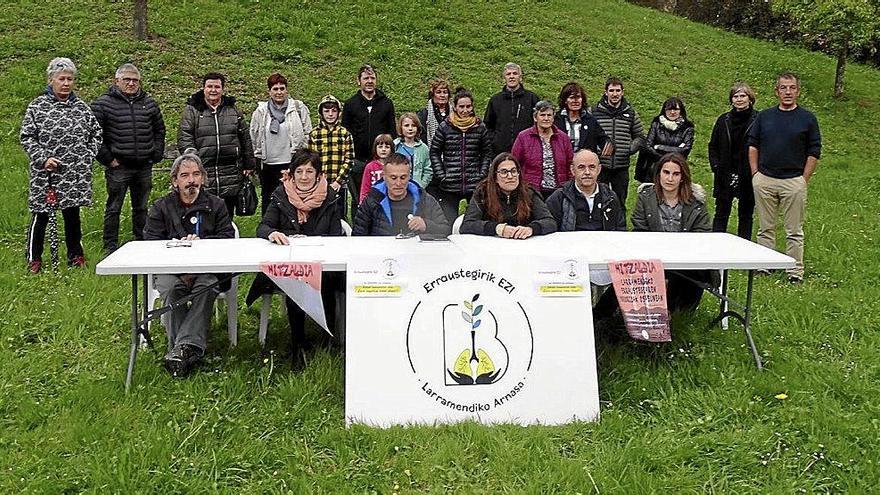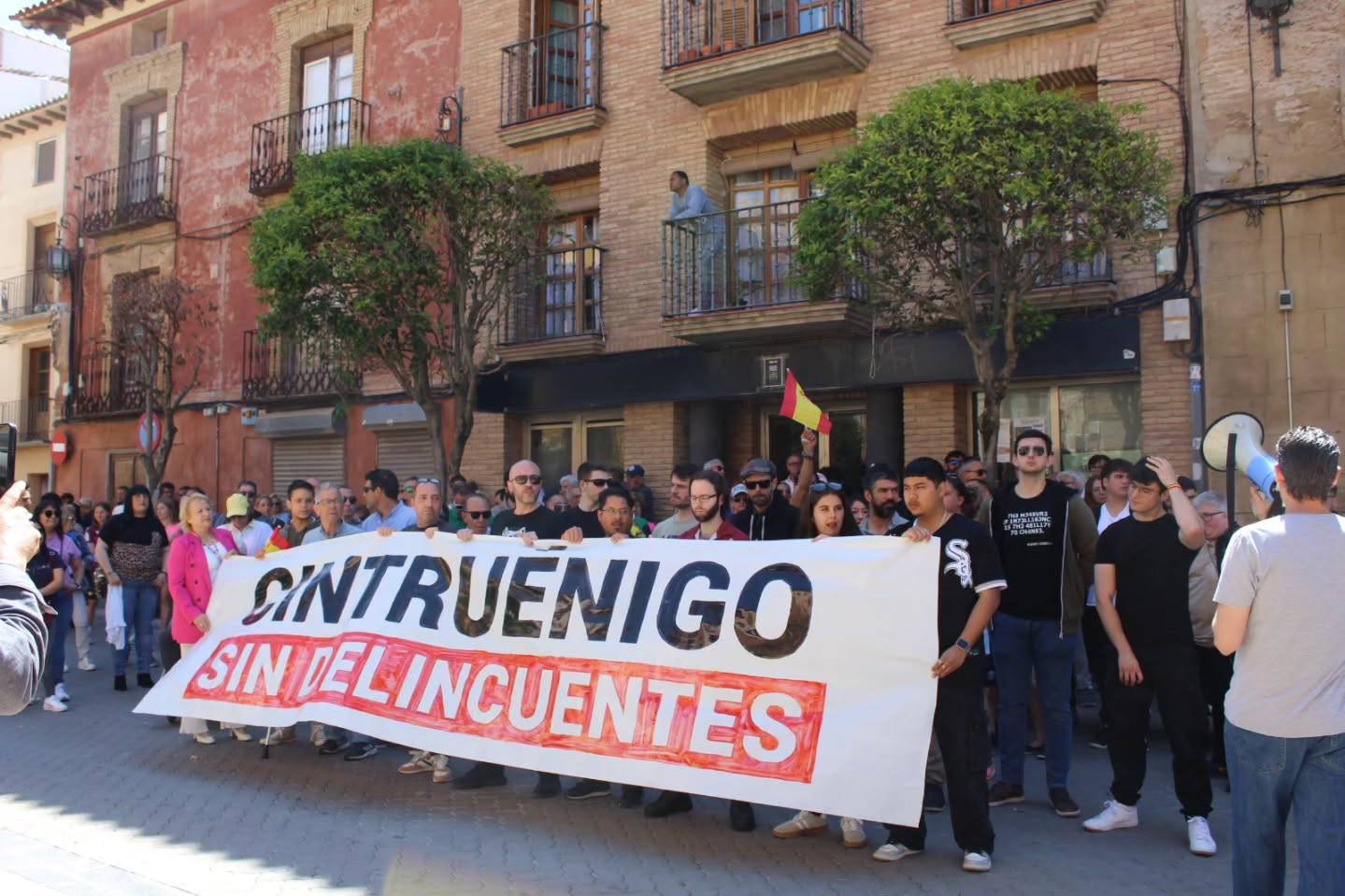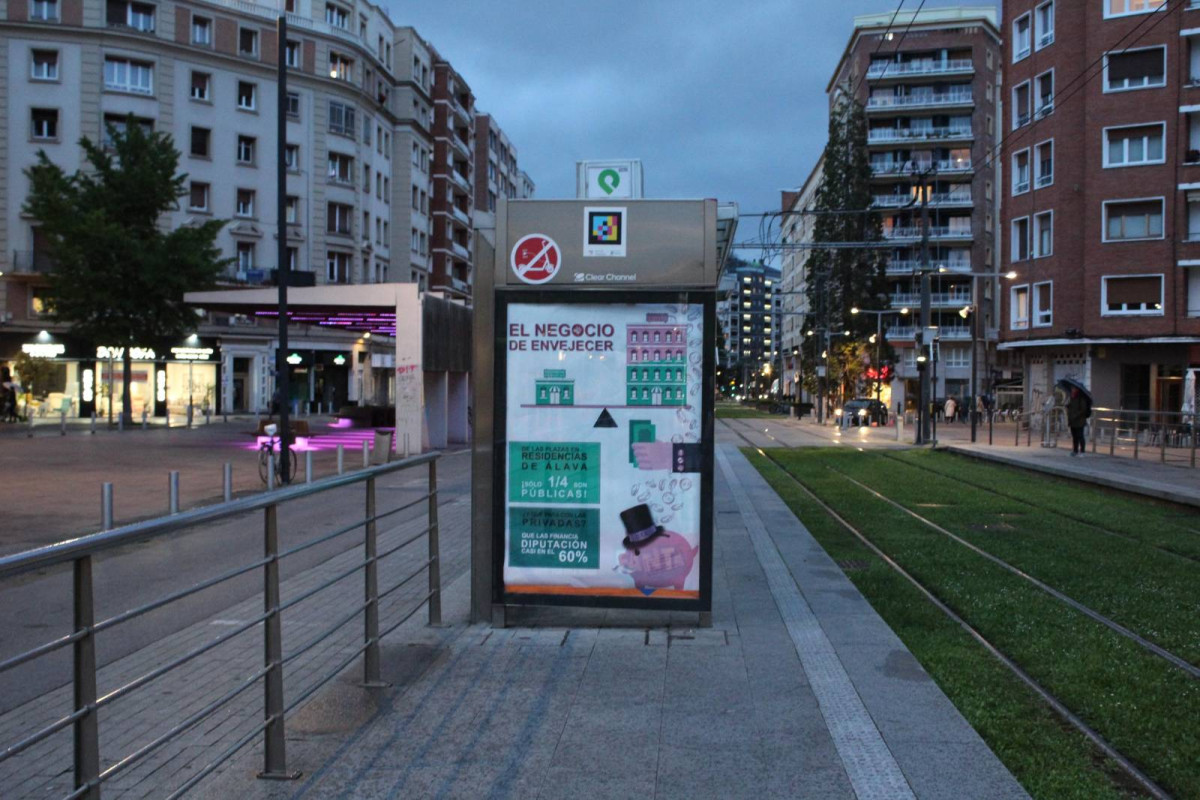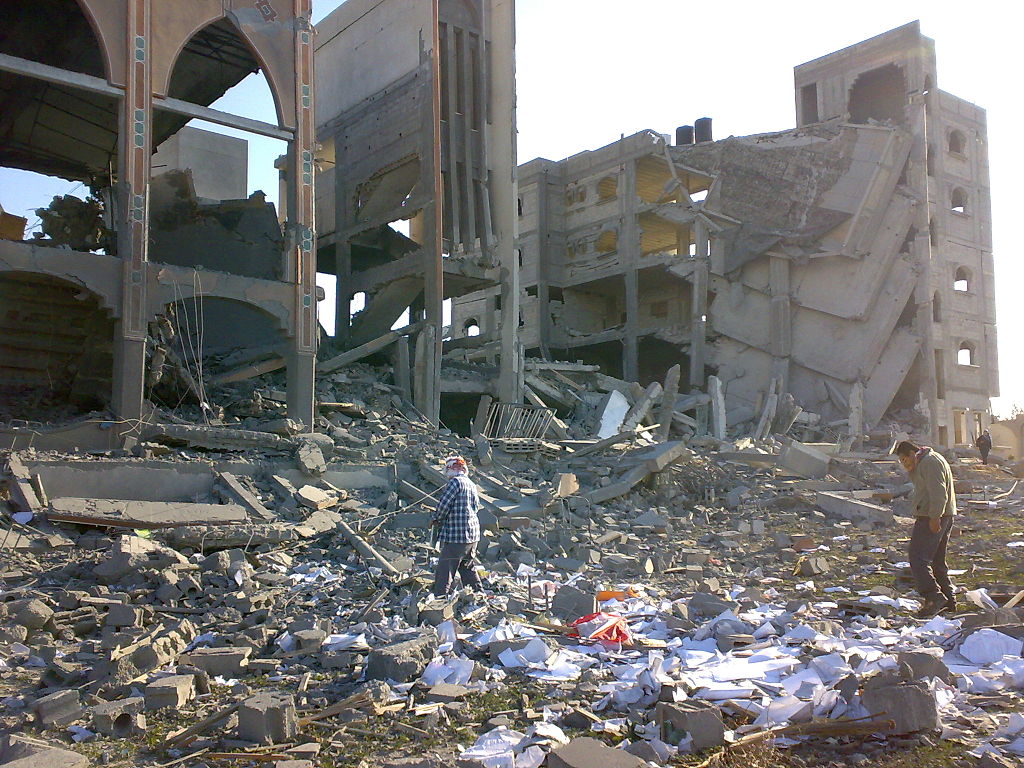Pictures of Dora Salazar: "I think the art sector is better compared to others"
What has been the cause of the proliferation of cultural infrastructures in the Basque Country?
It is happening everywhere, at national and European level as well. I imagine that cultural tourism will have an impact. Tourism is not currently only done on the beaches, there is an important sector that goes to the places because of the culture. It is used to create places that must be crossed: If San Sebastian had a beach station, but to attract more people interested in culture, Vitoria-Gasteiz might have needed to create such a station, and Bilbao is more international. In addition, it is synonymous with social cultures to have museums of this type. Cult in both senses: because they have culture and museums like this, as I read in an article on architecture a long time ago, create like the Via Crucis of cathedrals, sacred cathedrals of art, like the Guggenheim. Visiting MoMA when you go to New York is usually among the plans. I do not believe, however, that the centres themselves are profitable, but what surrounds them helps.
You've talked about museums, but the projects that are emerging lately have abandoned that word, they're creating other projects.
The museum is perhaps becoming a small exhibition space. Production, learning and exchange is more complete in my opinion. It happens with museums that you go to see them one day, or more now with temporary exhibitions, but they provide elements that are outside the city. If there is production it is more dynamic, people go in and out, it is more real than the museum. However, all museums have conferences, offer films, library... but other centers complement it.
What model is being followed here?
Don’t think I have a lot of information [laughs]. I know the eternals of Europe: London, Berlin, Paris... In San Sebastian I imagine something similar to what we have in Arteleku on a small scale as a model; Tabakalera wants to compress the San Sebastian film tradition, the same Arteleku that has been an important example, and the field of the latest technologies. It happens with museums that few people go to see them. They are very large, they make large investments, but those who live in the place do not use them. There is a great gap between the diary of contemporary creation and the audience. It is normal, on the other hand, because it is a matter of education, if they do not give you some directions, if you do not have information, how should you react?
This deficiency presents a general problem.
It seems that in museums you always have to be silent, it seems that you are in a church. This puts a lot of people back. I don’t know how it should be done, but the spaces should be arranged in a more relaxed way.
As an artist, how do cultural infrastructures influence your work?
On the one hand it calls attention, it seems difficult to maintain, because it is a matter of making museums and another of offering interesting contents. It is happening that some do not follow a specific line or are closing. But on the other hand, and maybe it’s giving water to my field, it’s true that there’s more talk about it, it gets contaminated. If this progress is maintained, at least I will always support such structures, for in the rest they will open up other things.
They talk about encouraging artists here and bringing in international artists. How to combine them with each other?
The art world moves a lot of money and I don’t know if that money is in public hands. It seems to me that those who set the course are private hands, the commissioners are independent, although they have a relationship with power... Last year a project came out of the university, I don’t remember very well where to do an exhibition, on the other side of the ocean. We went to the Basque artists, but nothing happened. In order for something to happen, some critic needs to focus on your work, and then you take that leap to the international arena. But because there's protection here... I don't know, I don't see that so clearly. In the end, the gallery is in the hands of a chain, critics and an elite, and that’s where you enter because your work impresses them. The support is good, there are good infrastructures for education and now it seems that there are also for the recipients. But leaping from someone’s hand to the international arena is something I don’t see clearly.
It also talks about interdisciplinarity, the union of creators from multiple fields in the same center.
It’s like the central station: you can do the same thing in multiple places, or put it all together, sharing it. In the end, as a cultural consumer, I’m not only interested in attending exhibitions, I’m also interested in concerts, conferences, watching films... The center that brings them together is, in my opinion, comfortable. Then, if we start with the autonomy of each one, I don't know, but it makes things easier for you to go and see.
So you think they'll help.
I want to be positive. Actually, because we're talking now, but I usually let projects like this develop. I haven't talked to anyone, for example, about Tabakalera. I prefer not to have special expectations, like when you go to see a movie, to see to what extent I can enjoy this space. Besides, I live next to Tabakalera, so...
And with smaller scale centres, which were already in operation, how will larger infrastructures be combined?
Each one specializes in different things. Rather than competition, a kind of puzzle is created. The Guggenheim offer, for example, will not interest one sector, but it will interest another. For example, the Sala Rekalde satisfies some spectators, the Museo de Bellas Artes satisfies another, Bilbao Art satisfies another. And sometimes all the spectators come together. The fact that there is only one site scares me, it is like the idea of multinationals; it seems that if there are independent sites they have more autonomy. In Vitoria-Gasteiz, for example, it is seen with Montehermoso and Artium. The small centers also seem to have the character of the one who directs them, each one gives it its own, like the wines of the author, you know what you are going to see. It seems to me that larger spaces are more connected, more pressure, more power... They will be more general things compared to others. However, I think the art sector is better compared to others.
There was concern in the expansion of the Guggenheim that there would be restrictions on other cultural subsidies. How do you see the matter now?
Compared to other disciplines, such as similarity, we have more support. Look how much it's cost to open a performing arts center. They are also worse in dance or music in this sense. But at least it doesn't look like it here.
The death is called Eduardo
- By the author: Formol Company (and Ander Lipus Manifesto)
- In which: Model Room, Zarautz, Festival of Literature
- When shall we: The 23rd of May.
-------------------------------------------------------------
The play takes place in a bunker... [+]







